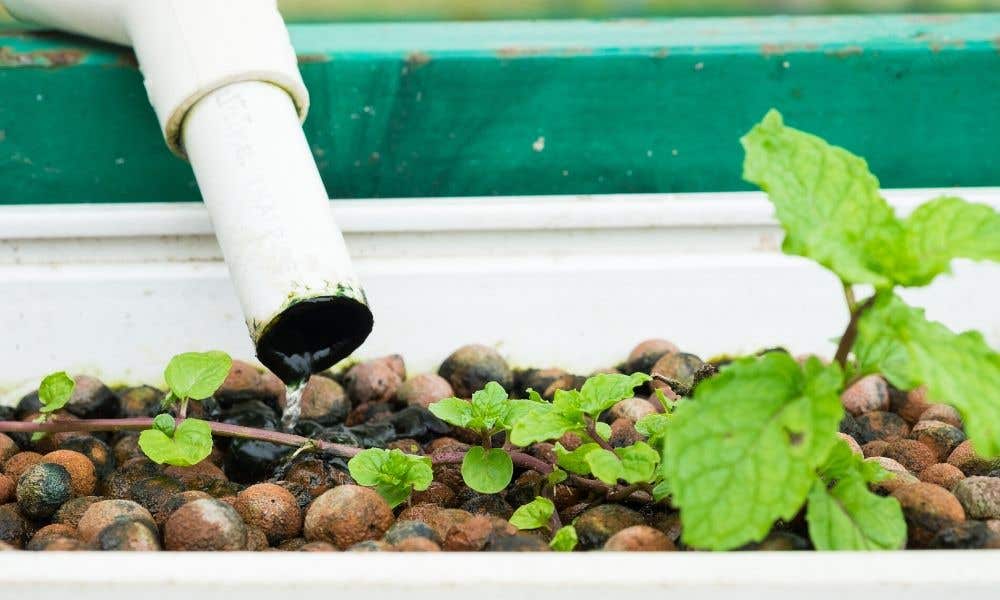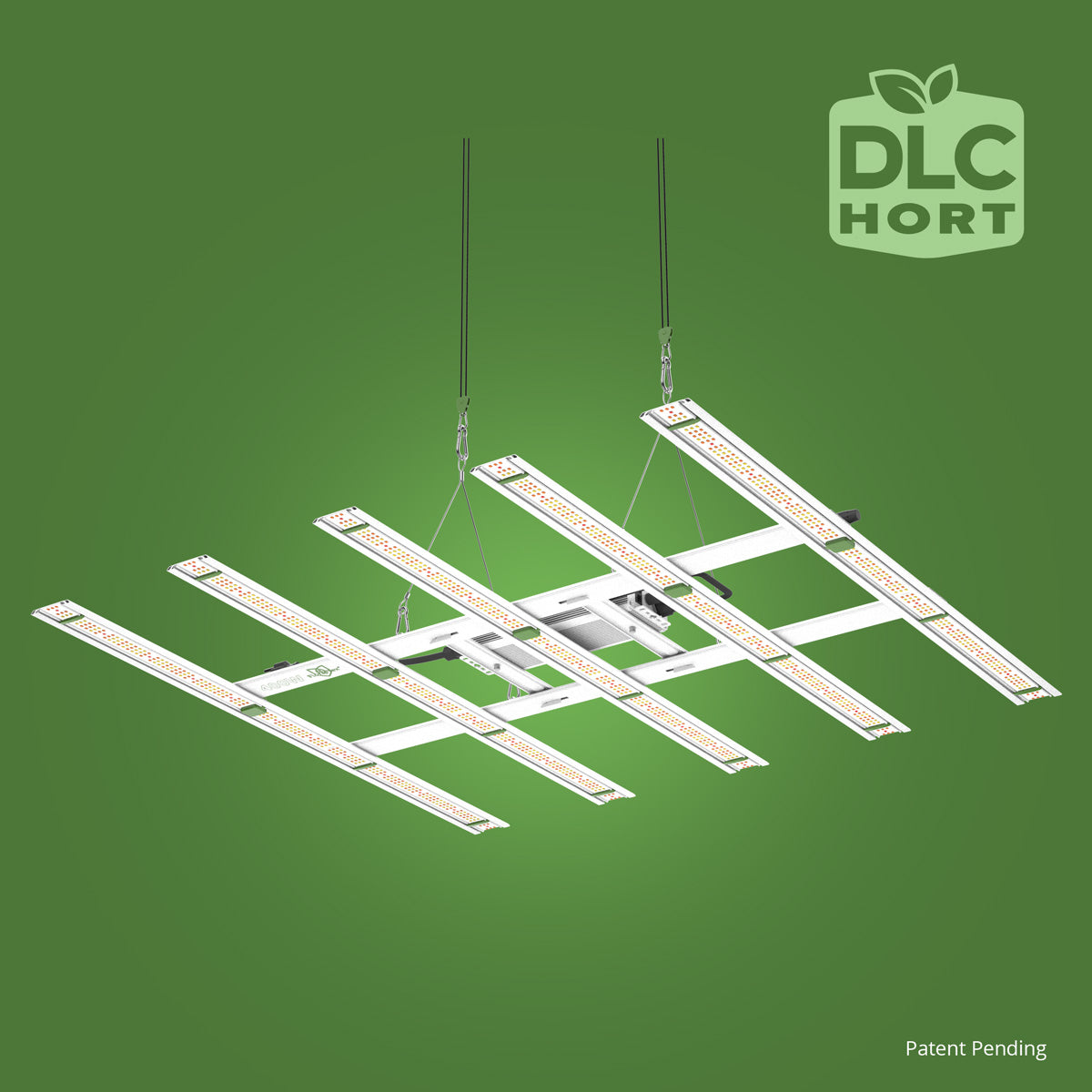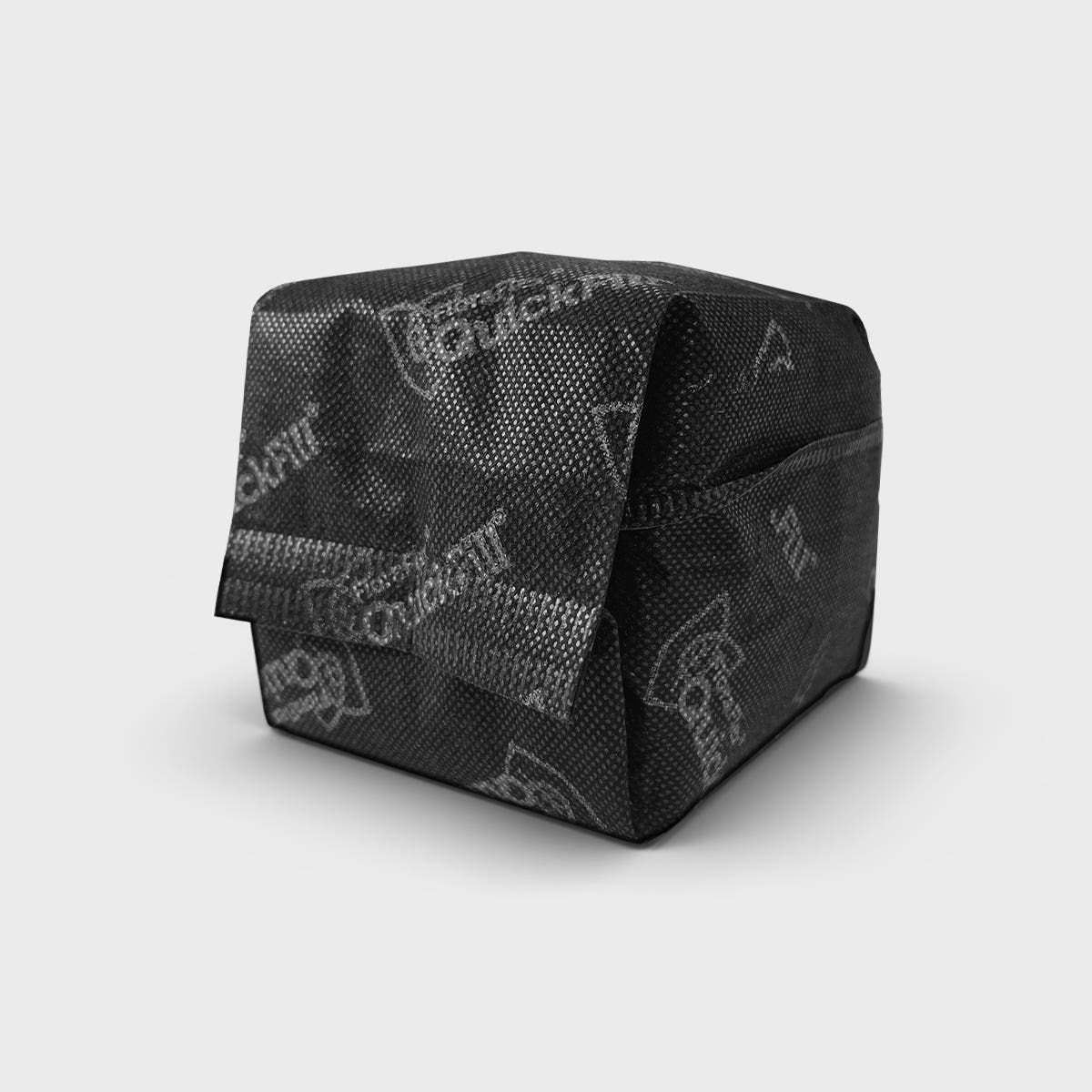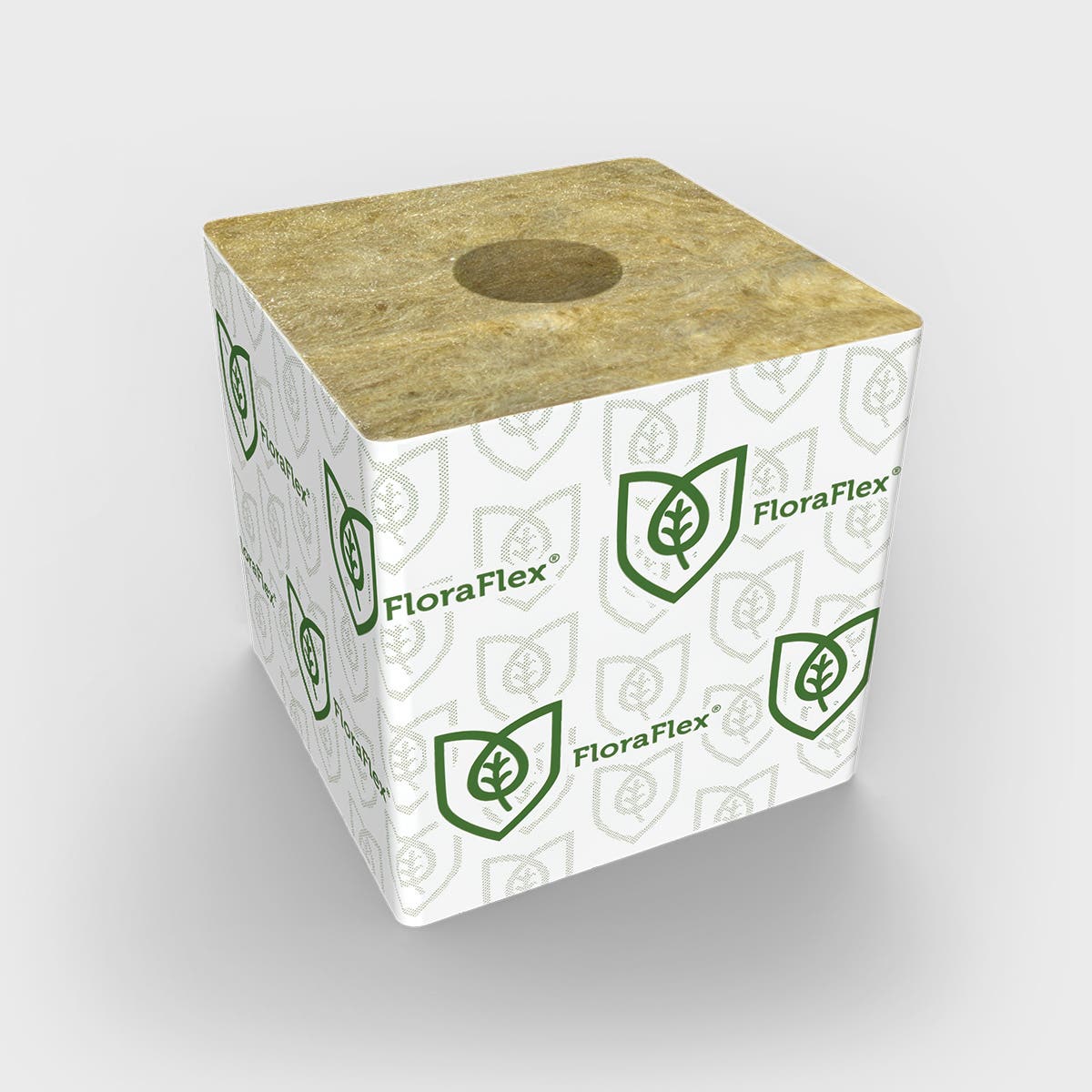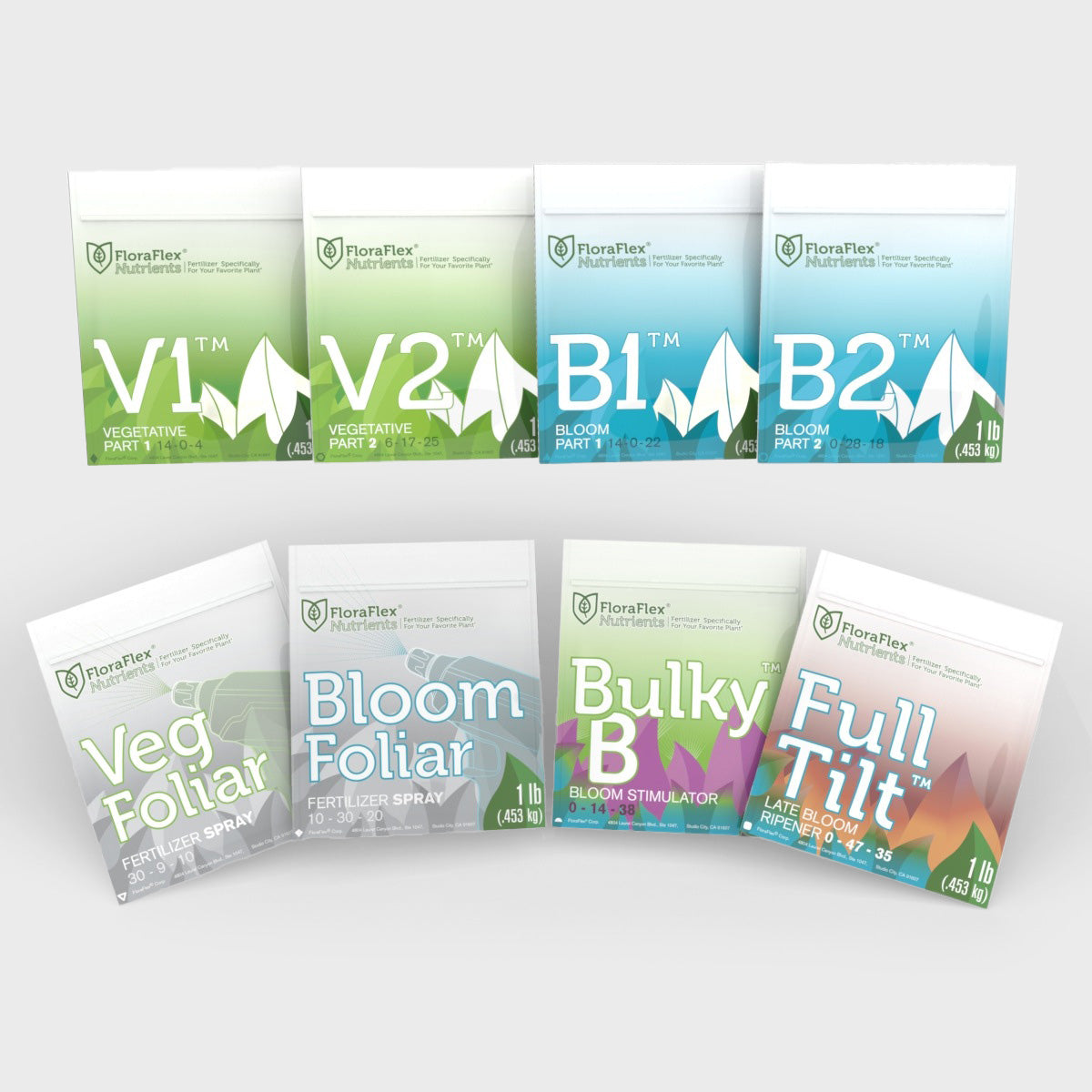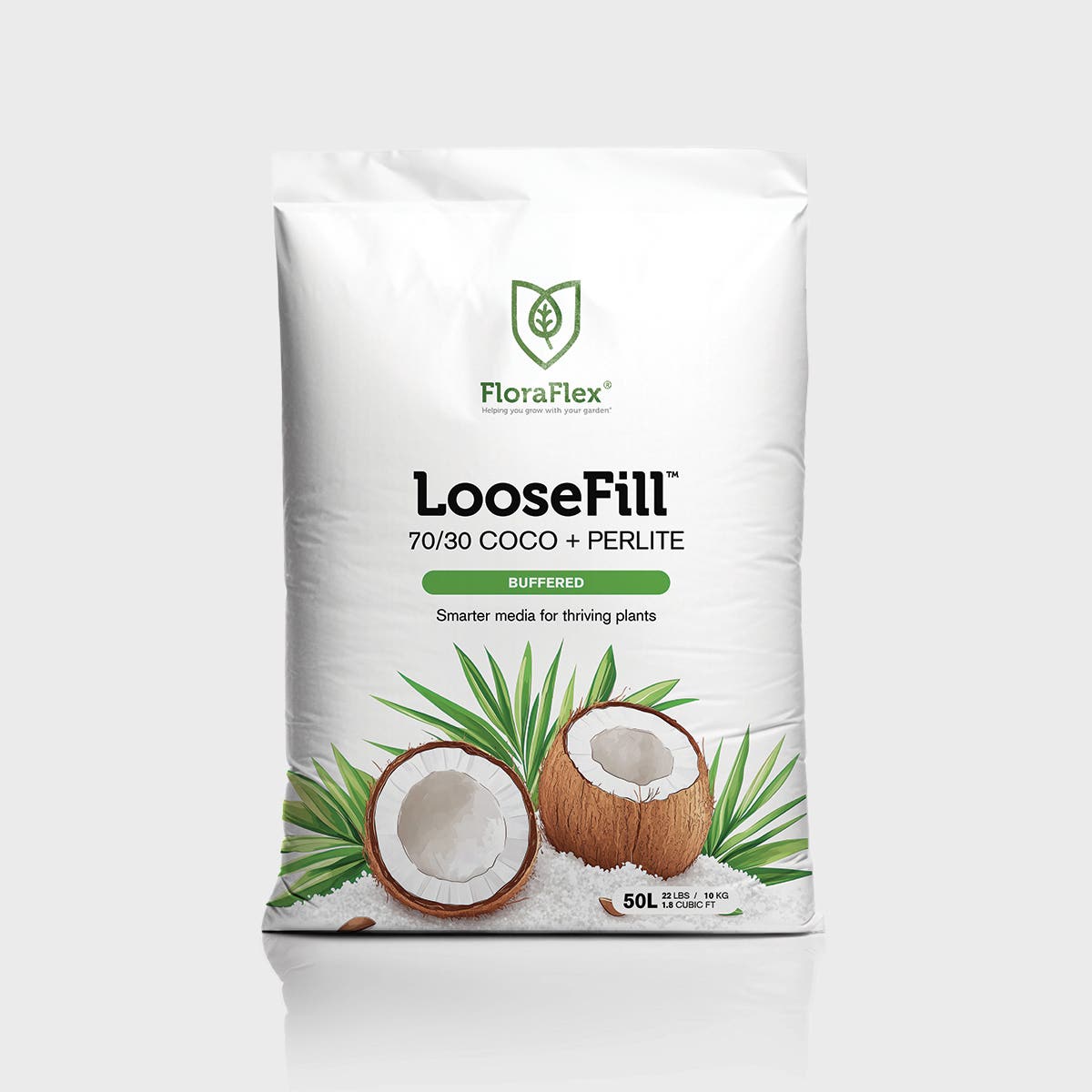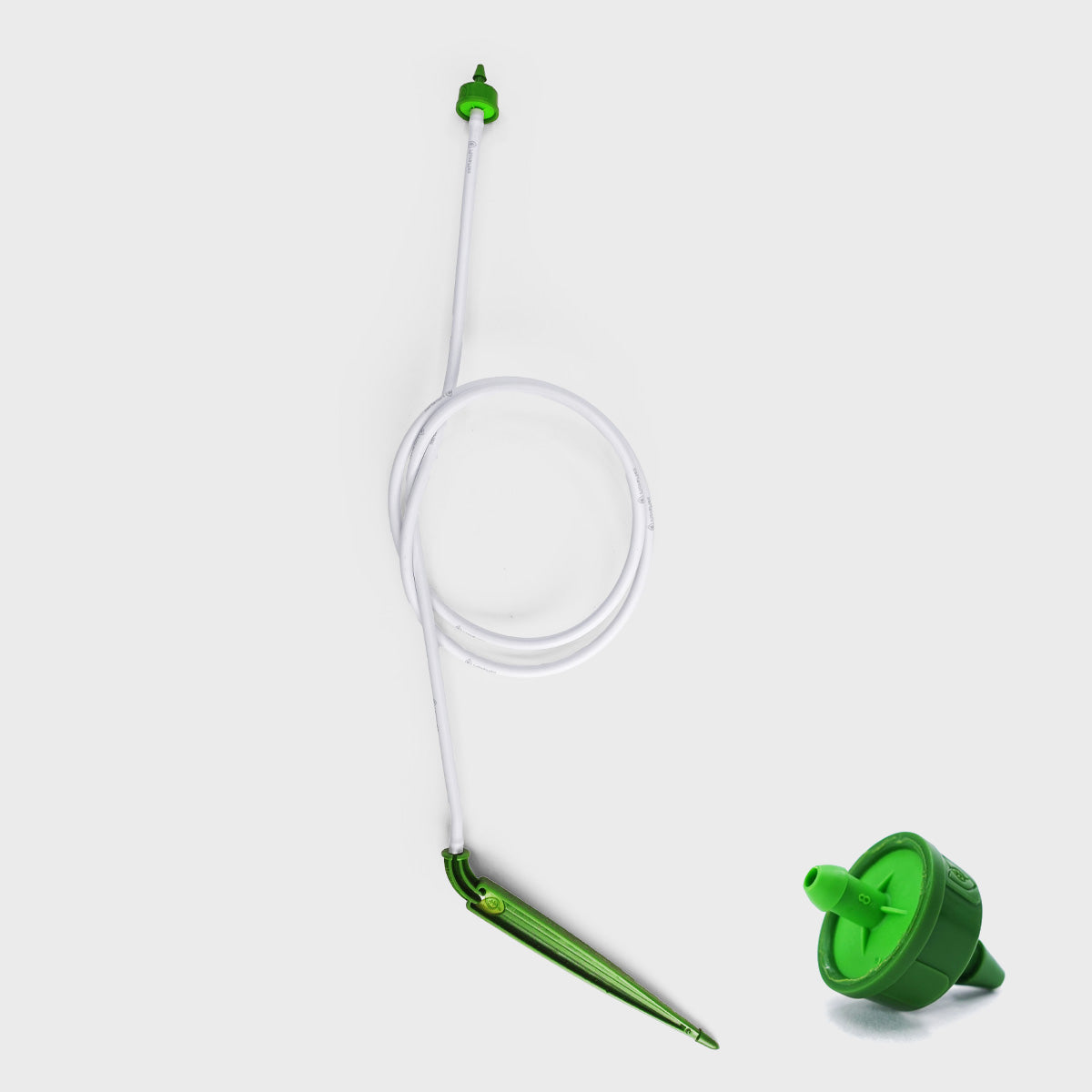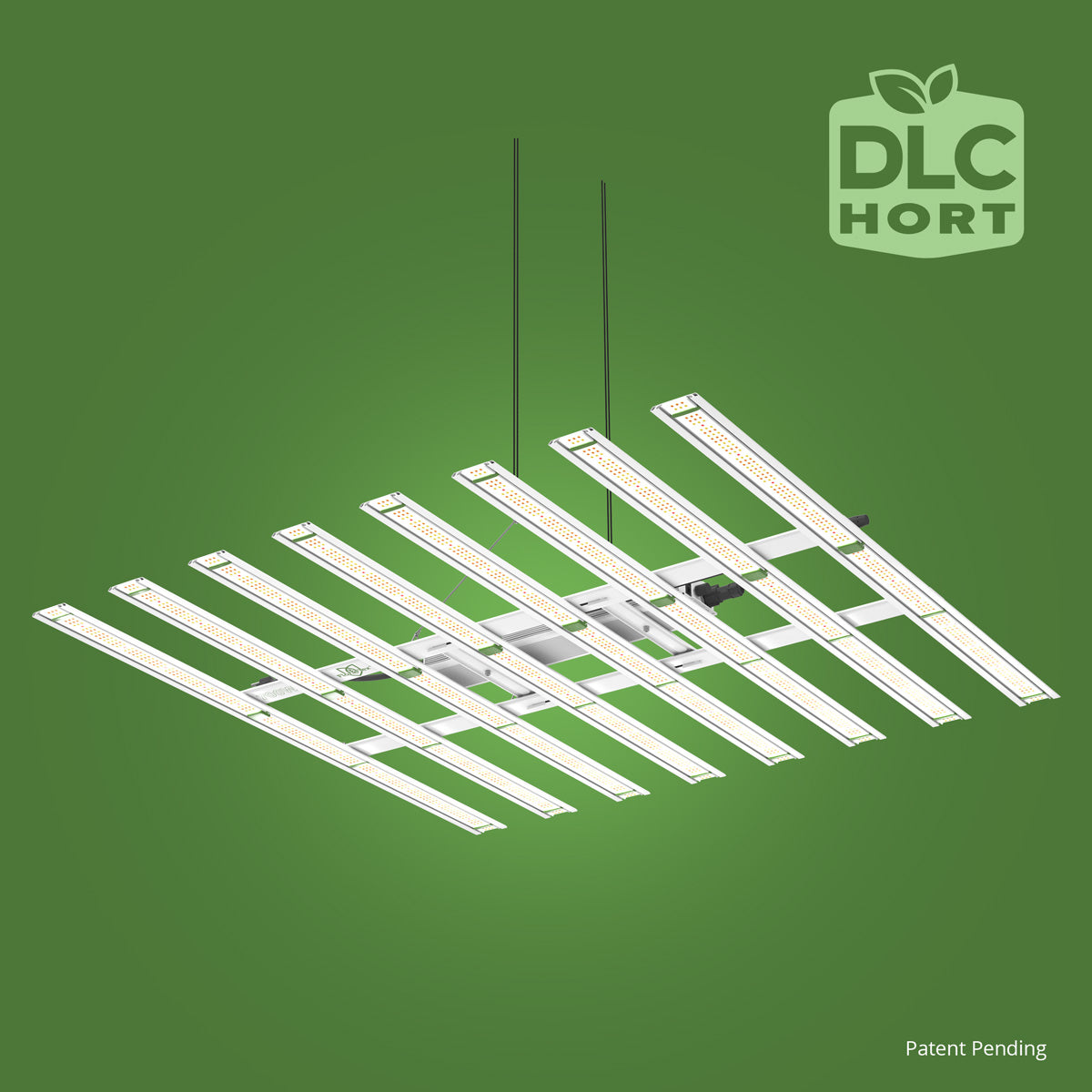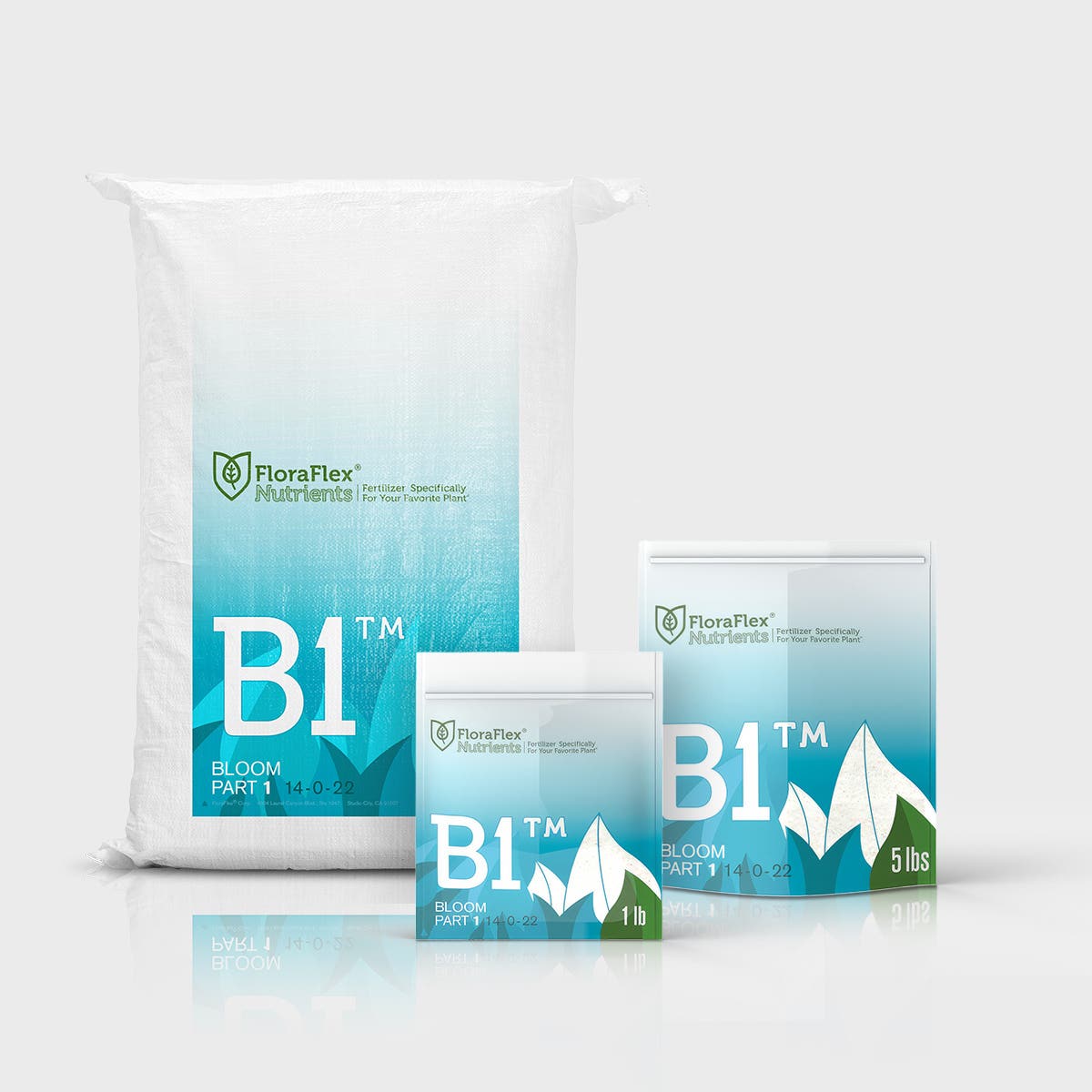We’ve talked quite a bit about the different types of hydroponic systems. We will briefly explain how six distinct systems work and how they’ll work for you. Today, we’re going to delve deeper into one of those systems, touch on what it is, and then explore how it works, the different parts that create it, and some of the best plants that work using that system. Below, you’ll find our guide to the hydroponic drop system explained. Learn more about this powerful and capable system here.
What Are Hydroponic Drip Systems?
Drip systems are one of the most widely used hydroponic systems in the world. Rather than the passive nature of wick systems, drip systems are active, which means they use a pump to regularly feed nutrients and water to the plant roots. The same sort of idea is also used in soil gardens to deliver water to plants—both iterations work well for providing plants with the hydration and nutrients they need to flourish.
Think about it this way. When we water plants out in a soil garden, we spray a lot of water to the tops of the plants and hope that enough of it seeps down into the soil, and that enough of that seeps into the root system. That’s a lot of factors that can get in the way of the hydration of the roots. Drip systems work to get water and nutrients directly to the plants and use way less water.
How Do Drip Systems Work?
Hydroponic drip systems aren’t for true beginners. Although they allow you to have a high level of control over the amount of water and nutrients to the plants, a lot of factors and steps can be forgotten. But, if you decide that it’s the system you want and the one which fits your needs, we’ll explain how the system works below!
First, we’ll briefly describe what the system would look like. In a pretty deep reservoir, you’d find a nutrient solution witThe Hydroponic Drip System Explainedh a submerged nutrient pump that’s connected all the way up to the grow tray. You’ll also find an air The Hydroponic Drip System Explainedstone in the reservoir (as to keep providing air to the roots and not drown them) which is connected to an air pump. In the grow tray above the reservoir, you’ll find a certain grow medium or grow medium. The drip manifold hangs above the grow tray and drips out the nutrient solution to the plants.
Typically, a drip system uses individual pots for plants and the drips will go directly into those pots. This works because each individual plant has its own drip emitter. Of course, each root system is different, as some plants will grow faster than others or require more drips than the one next to it. Each drip emitter has mechanisms that allow you to control the flow of the water.
That said, the flow to the plants must be regulated. Even though they are small drips, they can still overwhelm the growing media and the root systems. To keep this from happening, all drip systems include some sort of timer system to regulate the flow of the nutrient solution. Typically, the pump turns on several times a day to send water to the plants. Though it requires quite a bit of planning and understanding at the beginning, the system can run with minimal assistance once properly installed and programmed. However, there’s the facet of circulating and non-circulating drip systems that’s important to discuss as well.
Circulating Vs. Non-Circulating Systems
There’s a big difference in the minimal assistance aspect of these systems when you choose circulatory over non-circulatory. Both have their own pros and cons, but we’re just going to dThe Hydroponic Drip System Explainediscuss them in their simplest form.
Circulating Systems
Circulating or recovery systems mean that the excess water left behind in the medium can flow back into the reservoir. When the water is added to the medium, not all of it may be absorbed by the roots of the plant, although this process still saves way more water than other traditional gardening methods. Rather than letting that nutrient solution fade away, the excess solution can flow back to the reservoir.
The pH of nutrient solutions should bThe Hydroponic Drip System Explainede at a specific level. When the “wastewater” flows back to the reservoir, it ends up affecting the pH level of the reservoir water. This means that you have to perform periodic maintenance checks on the pH of the nutrient solution when you choose to utilize recovery or circulating systems.
Non-Circulating Systems
Non-circulating or non-recovery systems are the opposite. In these systems, any excess water can run-off as waste. Now, this may sound like it goes against the idea we mentioned above about how efficient this system is at conserving water, but when you compare the water wasted from traditional methods to the run-off of non-circulating drip system, it’s still incredibly minimal. Since drip systems are already highly conservative, the scale of waste is minimal.
These systems are quite popular for large hydroponic system needs. For example, commercial growers have sophisticated timers to maintain maximum control over the water flow, keeping run-off to a minimum. This also reduces the need to worry about the pH level of the nutrient system, as these systems require much less maintenance compared to circulating systems.
All in all, neither of these systems are bad choices. Depending on the time you’re able to devote, one may work better for you than the other. However, both systems still conserve water and allow you to control the amount of nutrient solution applied to roots.
Key Items
The drip system is flexible, as it can scale to your needs and the complexity of your growing operation. For a basic drip system, we’ve listed some key items you’ll find in a drip system:
- Drip emitters (buy as many as the number of plants you want to grow);
- Thin tubing to connect to the drip emitters;
- PVC tubing to get the nutrient solution up to the drip emitter tubing;
- A submersible water pump;
- A reservoir bin;
- A timer for the pump; and
- A hydroponic growing medium.
Hopefully, our guide to the hydroponic drip system explained helped you understand how this advanced system works. For all of your drip system needs, turn to FloraFlex. We have hydroponic growing kits so you don’t have to struggle to find all the parts to get started. Make sure to be patient with yourself as you learn about this growing method. It’ll be well worth it in the end!

